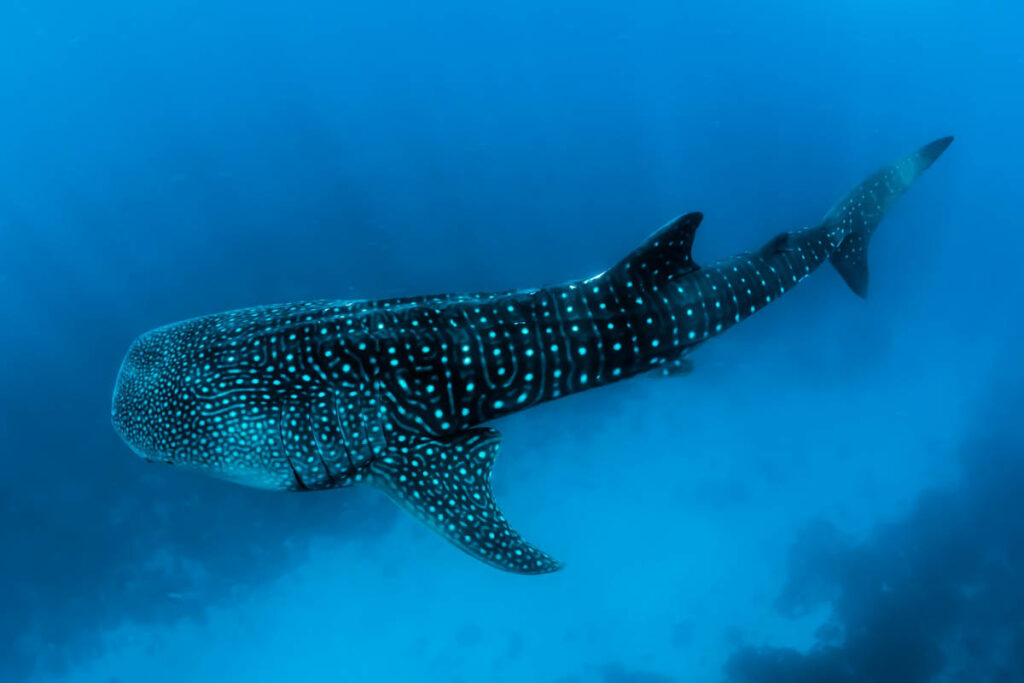The Pacific Ocean is a vast and dynamic underwater playground, offering some of the most diverse and breathtaking dive sites in the world. Stretching from tropical atolls to volcanic seamounts, the Pacific is home to diverse marine life and varied diving experiences, making it a dream destination for scuba divers. In this article, we’ll explore why the Pacific is so special, the marine life you can expect to encounter, popular dive types, and top destinations to visit.
What Makes the Pacific Ocean Special for Diving?
The Pacific Ocean is the world’s largest ocean, covering more than 155 million square kilometers, and is bordered by numerous island nations that are jewels of the region. These Pacific Island nations—such as Fiji, Micronesia, Papua New Guinea, the Solomon Islands, and French Polynesia—boast a unique blend of rich cultures, pristine landscapes, and a deep connection to the ocean.
The Coral Triangle, an area encompassing around 5.7 million square kilometers of the ocean in Southeast Asia and the Pacific, creates incredible diving here. Known as the epicenter of marine biodiversity, the Coral Triangle is home to 76% of the world’s coral species and over 2,000 species of reef fish.
In the Coral Triangle, destinations like Raja Ampat—situated on the border between the Pacific and Indian Oceans—offer spectacular coral reefs, while Palau and the Solomon Islands combine rich marine life with fascinating wreck diving. The Coral Triangle also provides opportunities for drift diving, macro photography, and encounters with pelagics, making it a bucket-list destination for scuba divers.
Beyond the Coral Triangle, the Pacific offers a diversity of geological features, from Australia’s iconic Great Barrier Reef to volcanic islands like those of Vanuatu and French Polynesia, providing extraordinary underwater landscapes for divers to explore.
What Marine Life Can Divers Expect to See?
The Pacific is unmatched in its marine diversity. Depending on where you dive, you can encounter large pelagics such as manta rays, whale sharks, hammerhead sharks, and humpback whales.
The Pacific’s vibrant coral gardens are busy with reef fish, sea turtles, and reef sharks. There is also plenty of macro life to find, including pygmy seahorses, nudibranchs, frogfish, and other tiny critters.
Seasonal highlights such as swimming with humpback whales in French Polynesia and Tonga, encountering dwarf minke whales in Australia, and grouper spawning in Palau are incredible experiences. Many regions, such as Papua New Guinea and New Caledonia, are also home to marine life found nowhere else in the world.
What Types of Diving Are Popular in the Pacific?
The Pacific caters to a wide variety of diving experiences:
- Drift Diving: Fiji, Palau, and Indonesia offer thrilling currents and nutrient-rich waters teeming with life.
- Wreck Diving: Dive into history with WWII wrecks in Micronesia’s Truk Lagoon, the Solomon Islands, and Vanuatu.
- Pelagic Diving: Encounters with sharks, manta rays, and schools of tuna are common in French Polynesia and Palau.
- Wall Diving: Explore dramatic drop-offs in the Solomon Islands and Micronesia.
- Macro Photography: Indonesia, Papua New Guinea, and the Solomon Islands offer exceptional critter spotting.
What Are the Top Pacific Diving Destinations?
Wherever you go diving in the Pacific, you will find fantastic dive sites and marine life. There are numerous destinations to choose from, each with its own highlights and dive styles. Here is a mix of some classic Pacific dive spots and lesser-known gems.
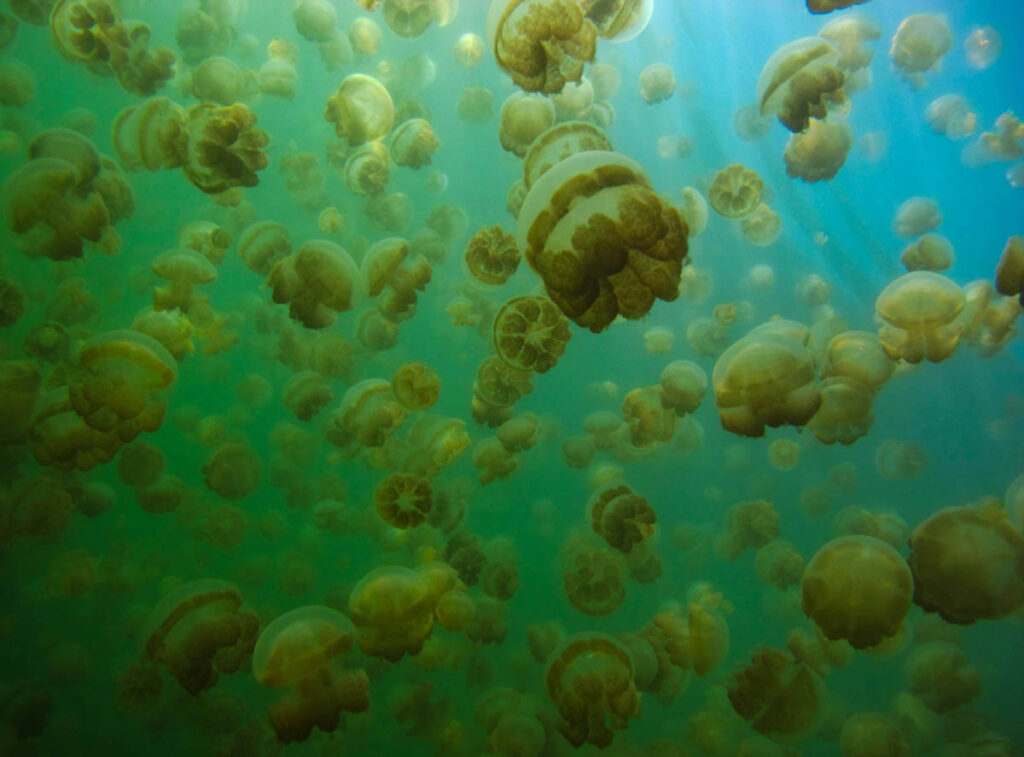
Photo by Sean Robertson on Unsplash
Palau
Palau is an archipelago of over 300 islands, surrounded by turquoise waters and covered in lush tropical vegetation. Known for its marine conservation efforts, Palau combines rich biodiversity with unique dive sites.
Palau’s most famous dive site, Blue Corner, offers exhilarating drift dives with sharks and schooling fish, while German Channel is renowned for manta ray cleaning stations. Non-diving days and surface intervals can include exploring Jellyfish Lake, where you can snorkel with stingless jellyfish, or kayaking through the famous Rock Islands.
- Average water temperature: 27–29°C (81–84°F).
- Experience level: At least Advanced Open Water with a Nitrox Diving certification.
- Best time to dive: November to May.
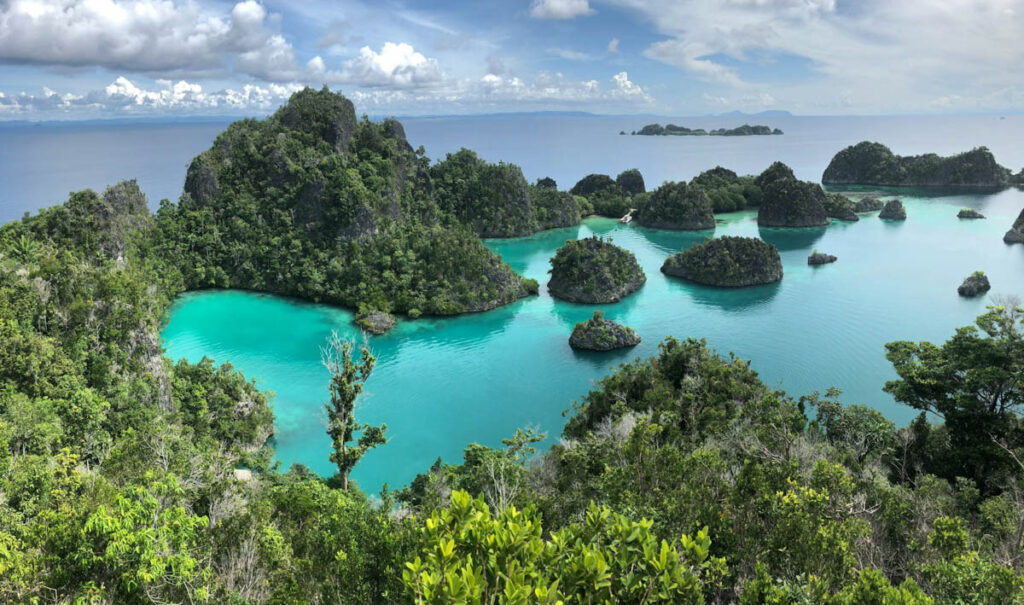
Photo by Bart ter Haar on Unsplash
Raja Ampat, Indonesia
Diving in Raja Ampat is on the wish lists of many divers. This jewel in the crown of diving in Indonesia, consists of over 1,500 islands celebrated for their vibrant reefs and incredible biodiversity. The islands’ karst landscapes create a dramatic backdrop for exploration.
Dive sites like Cape Kri are famed for their record-breaking fish counts, while Manta Sandy is ideal for close encounters with manta rays. For non-diving activities, take a boat tour to explore hidden lagoons or hike to viewpoints for panoramic vistas of these stunning islands.
- Average water temperature: 27–30°C (81–86°F).
- Experience level: At least Advanced Open Water and comfortable with drift diving in strong currents.
- Best time to dive: October to April.
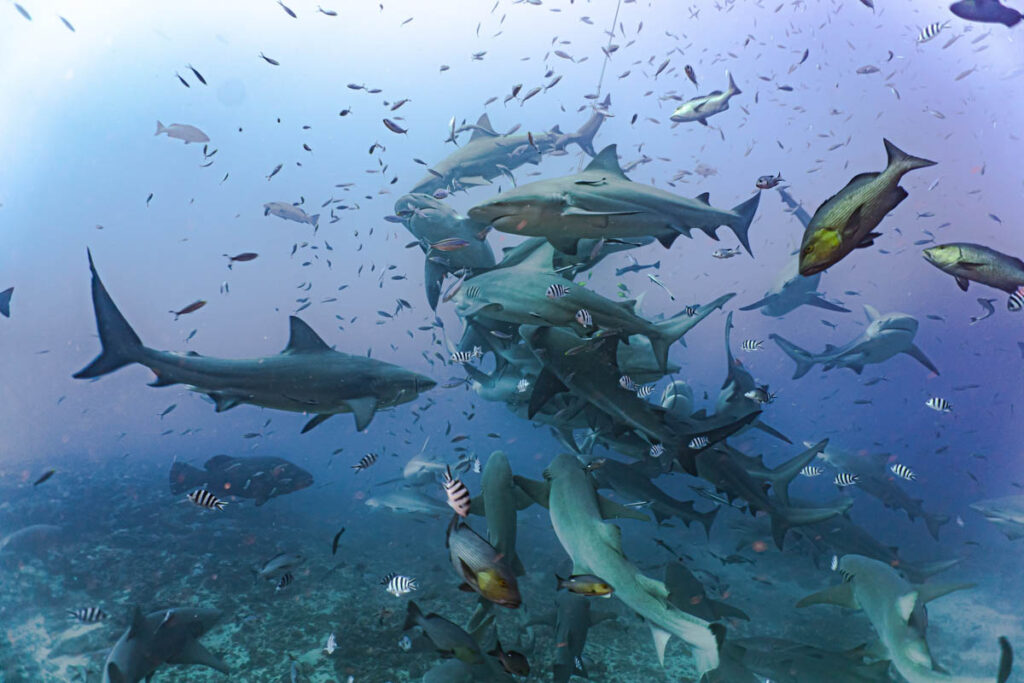
Photo by Johnny Africa on Unsplash
Fiji
Fiji is an archipelago of over 300 islands, known for its vibrant culture, lush landscapes, and warm hospitality. Often called the Soft Coral Capital of the World, Fiji’s reefs are unmatched in their colorful beauty.
The Somosomo Strait is a standout feature of diving in Fiji, boasting deep walls covered in white and purple soft corals. Rainbow Reef offers beautiful dives with vivid soft corals and an abundance of reef fish. The bull shark dives at Beqa Lagoon are a must for shark fans. On land, enjoy Fijian traditions like a kava ceremony or explore cascading waterfalls and jungle trails.
- Average water temperature: 26–29°C (79–84°F).
- Experience level: All experience levels.
- Best time to dive: All year, with April to October being the main dive season.
Australia
Diving in Australia offers everything from the coral gardens of the Great Barrier Reef to the temperate kelp forests of Tasmania. Explore iconic sites like the Cod Hole and Osprey Reef in Queensland, swim with whale sharks and sea lions in Western Australia, or cage dive with great white sharks at the Neptune Islands in South Australia.
Wreck fans can dive the HMAS Brisbane and SS Yongala, while critter lovers will delight in spotting leafy sea dragons in Australia’s southern waters. Beyond diving, Australia’s rugged coastlines, vibrant cities, and unique wildlife provide endless opportunities for adventure.
- Average water temperature: 15–29°C (59–84°F), depending on the region.
- Experience level: All experience levels.
- Best time to dive: Year-round, with regional variations—June to November for the Great Barrier Reef and March to July for Ningaloo Reef’s whale sharks.
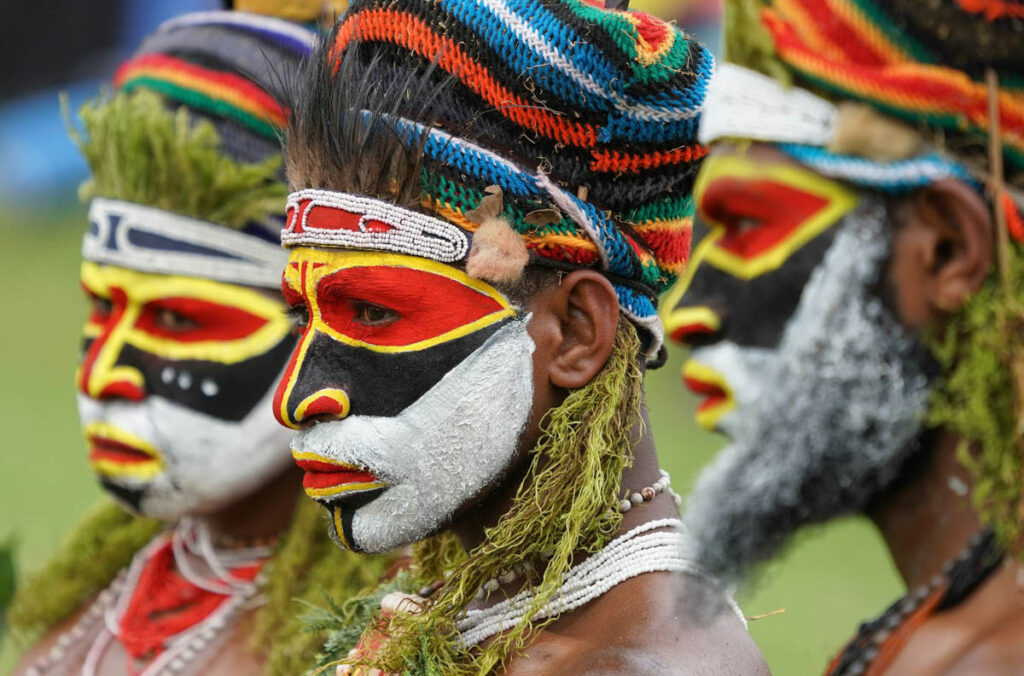
Photo by Bob Brewer on Unsplash
Papua New Guinea
Papua New Guinea is well off the beaten path and offers some of the most untouched dive sites in the Pacific, with around 600 islands and a rich cultural tapestry. The underwater landscapes range from coral walls, wrecks, and dramatic fjords to verdant seagrass beds.
Dive sites like Milne Bay are renowned for macro photography, while Kimbe Bay features stunning coral reefs and the famous Zero wreck, a Japanese Zero Fighter Plan sitting intact and upright on the bottom. On land, immerse yourself in Papua New Guinea’s unique cultural festivals and visit traditional villages.
- Average water temperature: 27–29°C (81–84°F).
- Experience level: Advanced to experienced divers.
- Best time to dive: Year round with seasonal variations. Kimbe Bay is best dived in May to June and September to December. Milne Bay is best dived from October to March.
Vanuatu
Vanuatu is a volcanic archipelago with lush jungles, vibrant reefs, and fascinating cultural traditions. Known for its spectacular wreck diving, the island also offers diverse underwater landscapes, from coral gardens to volcanic seamounts.
The SS President Coolidge, a massive WWII wreck, is one of the world’s most famous wreck dives. Nearby reefs, like Million Dollar Point, offer world-class wreck diving. On land, visit active volcanoes, soak in hot springs, or participate in a traditional feast.
- Average water temperature: 26–29°C (79–84°F).
- Experience level: All experience levels, including snorkelers.
- Best time to dive: May to October.
New Caledonia
New Caledonia is a French overseas territory in the South Pacific, known for its blend of French culture and Melanesian traditions. Surrounded by the world’s third-largest barrier reef, the island offers spectacular lagoon diving and picturesque landscapes of mountains, beaches, and mangroves.
Diving highlights include the Prony Needle, a massive underwater chimney covered in coral, and the Amedee Lighthouse Reef, home to reef sharks, turtles, and rays. On land, visit Nouméa for French-inspired cuisine and hike through the lush wilderness of the Blue River National Park.
- Average water temperature: 23–27°C (73–81°F).
- Experience level: All experience levels. This is a great place to earn your diving license.
- Best time to dive: April to November for the best chance of spotting mantas and sharks.
Solomon Islands
Comprising nearly 1,000 islands, the Solomon Islands feature pristine dive sites and a fascinating WWII history. The local culture, influenced by Melanesian traditions, makes it a unique destination. Dive highlights include Leru Cut, a canyon-like underwater passage, and Iron Bottom Sound.
Iron Bottom Sound is one of the most historically significant underwater sites in the world due to the sheer number of ships and aircraft lost there during World War II. This area is a haven for wreck divers. Approximately 50 warships were sunk during the intense naval battles between Allied and Japanese forces from 1942 to 1943. In addition to the ships, around 250 aircraft were downed in the area during the Guadalcanal Campaign.
- Average water temperature: 27–30°C (81–86°F).
- Experience level: All experience levels.
- Best time to dive: Year-round though May to November offer the best conditions.
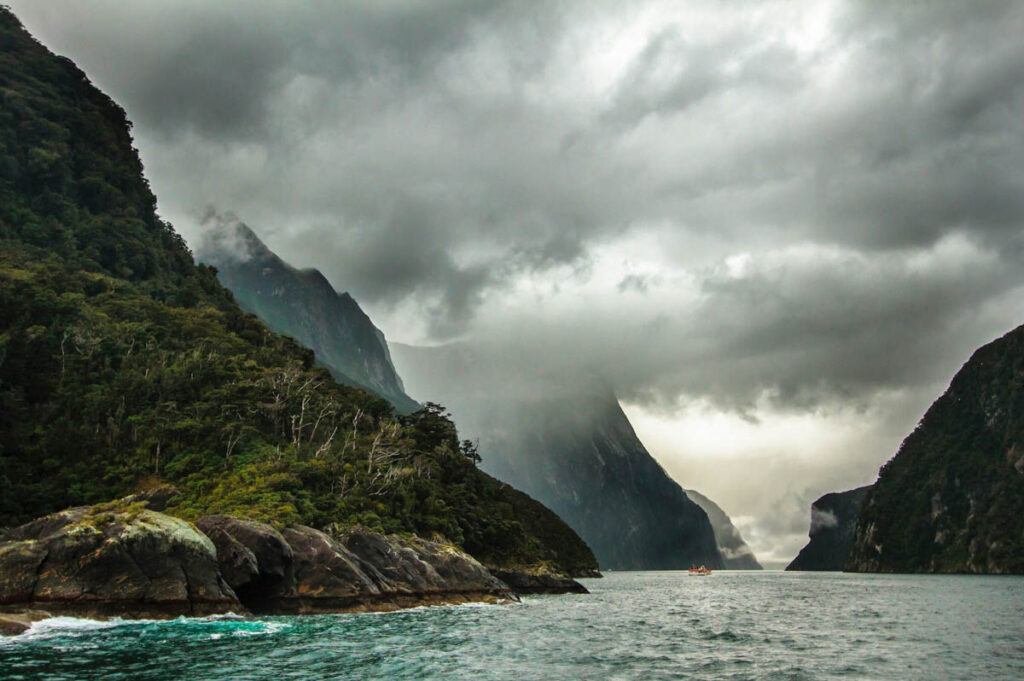
Photo by Adam Edgerton on Unsplash
New Zealand
New Zealand often gets overlooked for scuba diving but it boasts fantastic diving off the beaten path, from kelp forests to subtropical reefs. Its dramatic landscapes—rugged coastlines, snow-capped mountains, and fiords—make it a bucket-list destination for adventurers and nature lovers.
Highlights of diving in New Zealand include the subtropical Poor Knights Islands, featuring underwater arches and caves teeming with fish (and stingrays in summer), plus the Rainbow Warrior and HMNZS Canterbury wrecks.
The turquoise waters of the Coromandel peninsula offer fantastic diving and idyllic beaches. Head to the South Island to swim with dolphins and seals, spot sperm whales, or dive in cold, dramatic fiords that host rare black and red corals.
On the surface, you can explore Māori culture, hike the Tongariro Alpine Crossing, or kayak through the Marlborough Sounds. The options for adventures in New Zealand are endless.
- Average water temperature: 15–22°C (59–72°F).
- Experience level needed: All experience levels.
- Best time to dive: December to March for warmer waters and calm seas.
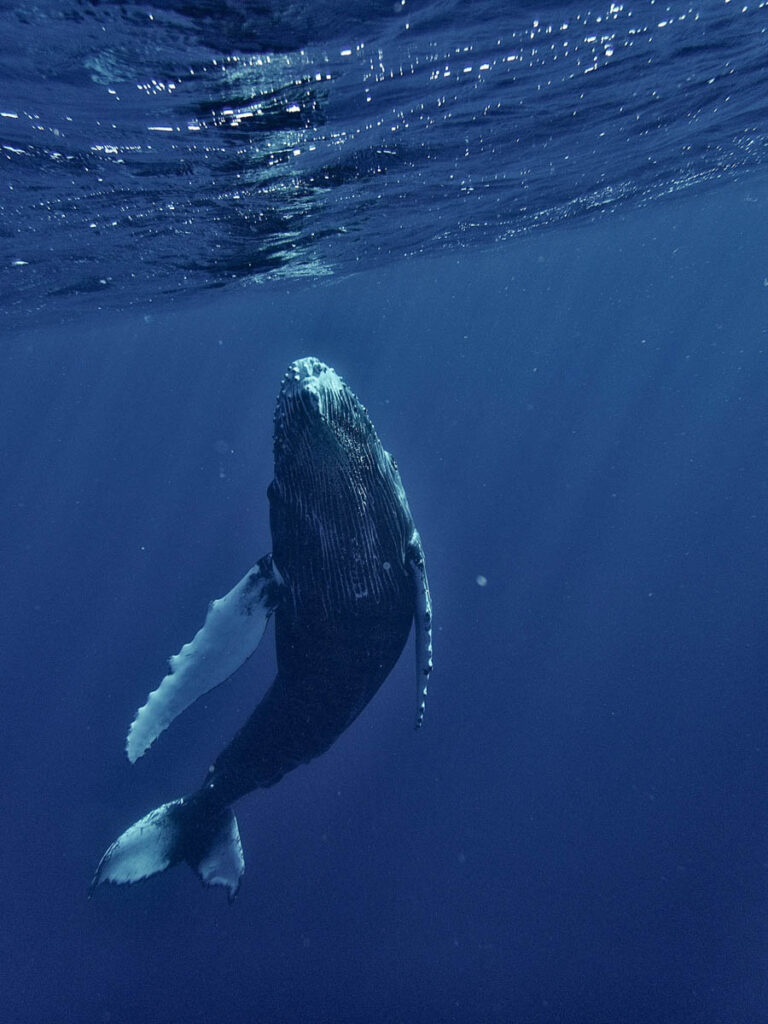
Niue
Niue is one of the world’s smallest countries, a coral atoll in the South Pacific known for its crystal-clear waters, limestone caves, and dramatic underwater drop-offs. This tiny island nation is a hidden gem for divers seeking a quiet and pristine environment.
Diving highlights include Snake Gully, where you can dive with harmless sea snakes, and the range of drop-offs, caves, coral walls, and caverns. Niue’s water visibility is also a highlight – it can reach a staggering 100 meters (330 feet)! On land, explore limestone caves and natural pools and enjoy the welcoming Niuean culture.
- Average water temperature: 25–28°C (77–82°F).
- Experience level needed: All experience levels.
- Best time to dive: July to October for humpback whale season.
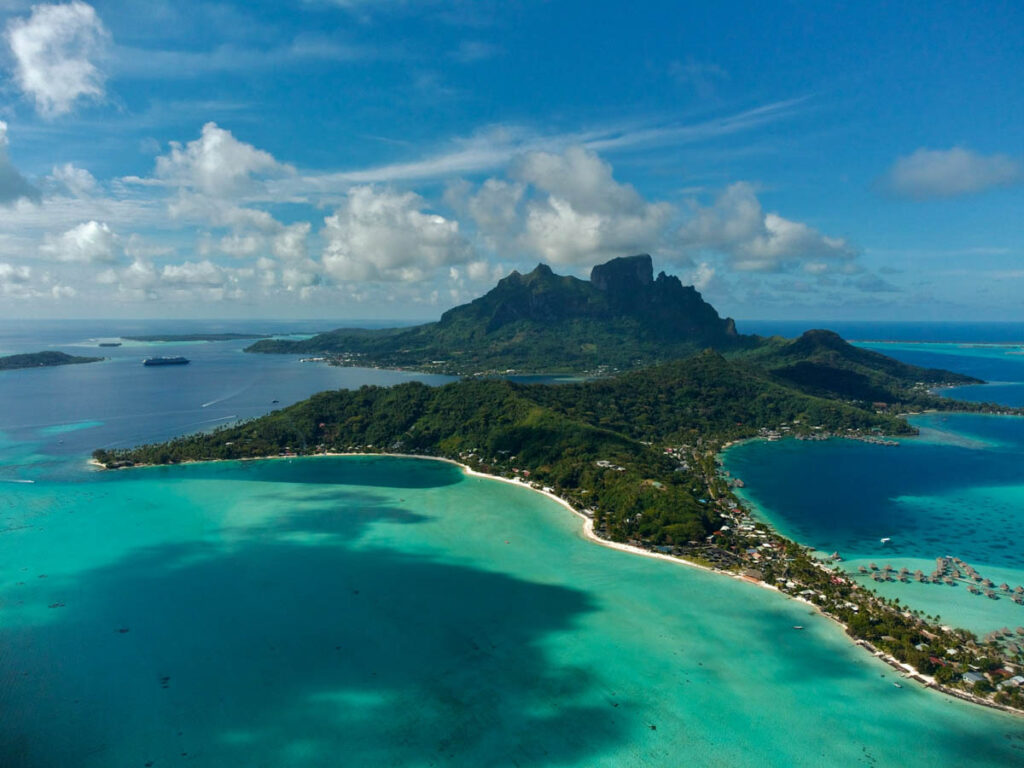
Photo by Tom Donders on Unsplash
French Polynesia
French Polynesia, a tropical paradise of 118 islands in the South Pacific, offers world-class diving alongside stunning lagoons, lush mountains, and pristine beaches. Known for shark encounters and drift dives, highlights include the Tiputa Pass in Rangiroa, famous for its “walls of sharks.” Fakarava’s South Pass, a UNESCO Biosphere Reserve, is teeming with reef sharks, vibrant corals, and schooling fish.
Other highlights include manta rays in Bora Bora and swimming with humpback whales near Moorea (July–October). Beyond diving, enjoy the luxurious overwater bungalows, hike Tahiti’s waterfalls, and savor the local cuisine.
- Average water temperature: 26–29°C (79–84°F).
- Experience level needed: Experienced divers due to the strong currents and depth.
- Best time to dive: May to October for the dry season and best visibility.



